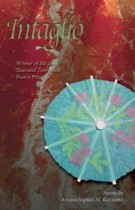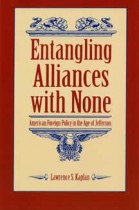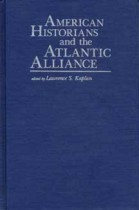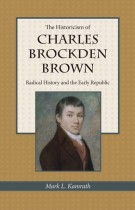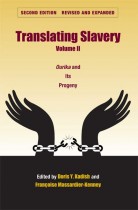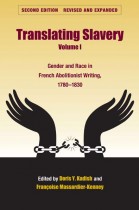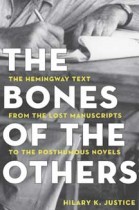The Geography of Ohio
Artimus Keiffer | Filed under: Regional Interest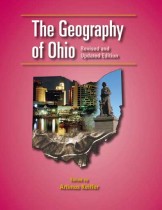
Using a systematic and thematic approach, The Geography of Ohio serves as the definitive study of both the state’s landscape and people scape. Standardized and updated maps are featured throughout in full color, as well as current census and demographic data. With the addition of sidebars, study questions, a glossary, and an extensive bibliography, The Geography of Ohio is the essential text for understanding Ohio’s evolution and its place in the “new order.”



